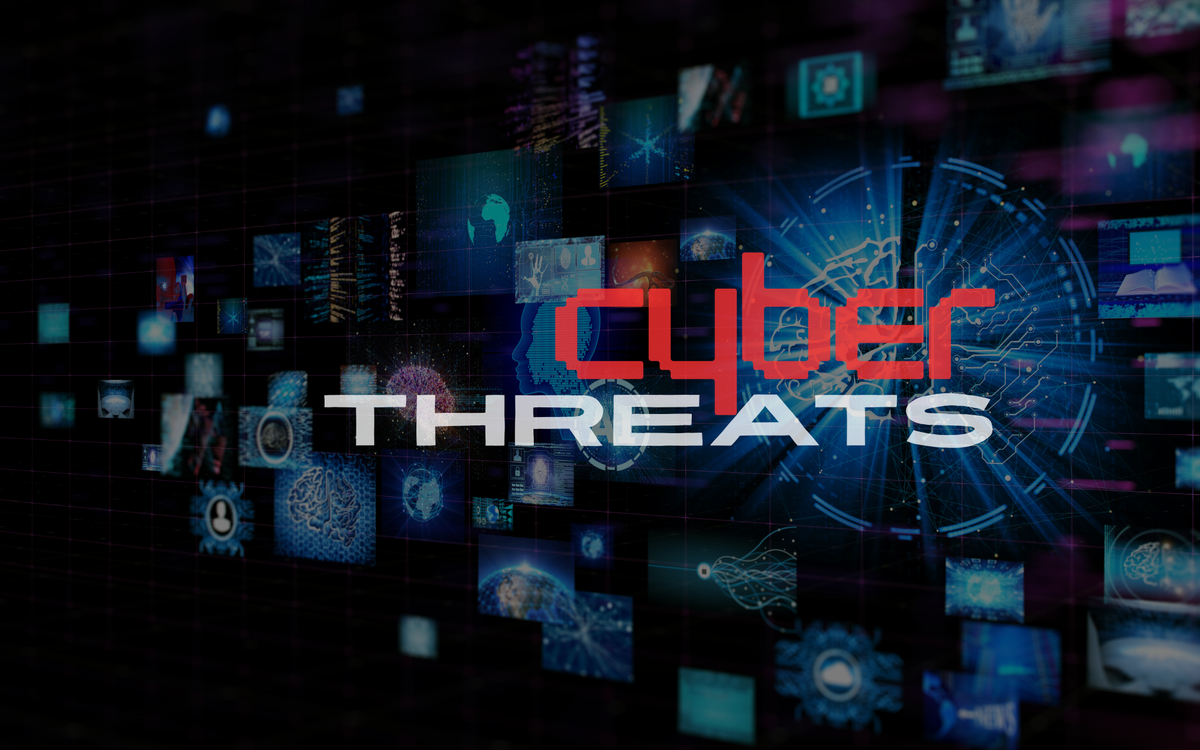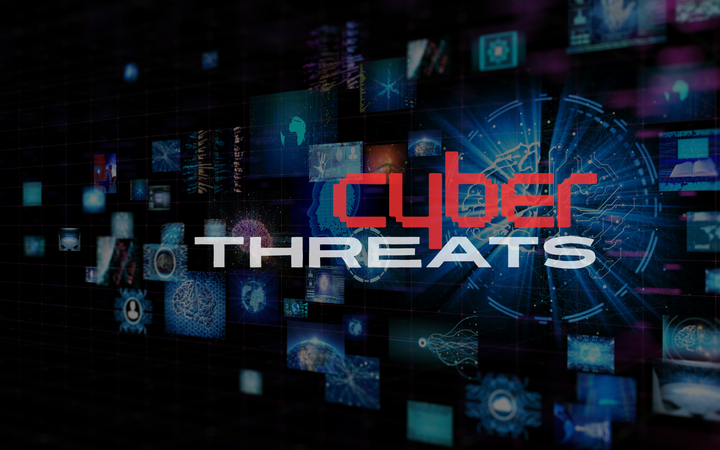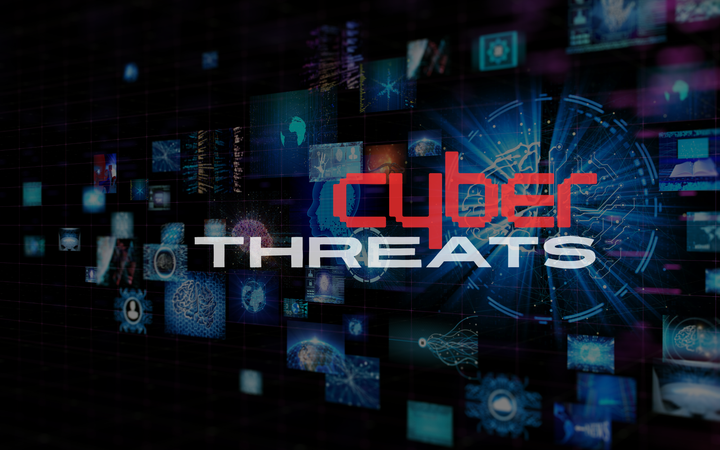Deep Dive: How Ransomware Gangs Monetize Data
Ransomware has evolved far beyond file encryption. From LockBit’s leak sites to BlackCat’s multi-extortion tactics, cybercriminals are treating data as currency. This article breaks down how they profit and how your organization can defend against becoming the next headline.

Introduction
The ransomware landscape has evolved beyond simple encryption. Once upon a time, attackers locked files and demanded payment for decryption keys. Today, the game has changed. Double extortion—stealing and threatening to leak sensitive data before encrypting systems—has become the dominant model. Some groups have gone further, creating entire data auction markets on the dark web. In this article, we break down how ransomware gangs actually monetize stolen data, and why defenders must adapt their playbooks accordingly.
The Evolution of Ransomware Business Models
- Phase 1: Encryption-only (2013–2017) – Victims pay for keys.
- Phase 2: Double extortion (2018–2022) – Data theft + encryption.
- Phase 3: Multi-extortion (2023–today) – Threats now include DDoS, contacting customers, or tipping regulators.
- Phase 4: Data monetization (emerging) – Stolen data becomes a recurring revenue stream.
Data as the New Ransom Commodity
Ransomware groups realized stolen data can be even more lucrative than ransom payments. Stolen records are sold on dark web forums, often priced as:
- $1–5 per credit card record
- $50–100 per healthcare record
- $500+ for corporate access credentials
Groups like LockBit and BlackCat (ALPHV) have established “leak sites” where they auction data or release it publicly if ransoms aren’t paid.
Real-World Case Studies
- Colonial Pipeline (2021): Highlighted ransomware’s impact on critical infrastructure.
- Medibank (2022): Attackers leaked sensitive health records after ransom refusal.
- Royal Ransomware (2023–2024): Blended extortion with regulatory threats (e.g., GDPR violations).
Economics of Ransomware
Ransomware has become an organized business, with affiliates, negotiators, and even customer “support desks.” The underground ecosystem thrives on:
- Data brokers who resell stolen records.
- RaaS (Ransomware-as-a-Service) operators taking commissions.
- Cryptocurrency laundering networks ensuring payouts remain hidden.
How Defenders Can Respond
- Zero Trust adoption: limit lateral movement.
- Regular backups + offline storage: make encryption less effective.
- DLP tools: stop exfiltration before it leaves.
- Dark web monitoring: detect if company data surfaces in leaks.
- Regulatory readiness: have GDPR/HIPAA response strategies pre-prepared.
Conclusion
Ransomware isn’t dying; it’s professionalizing. For defenders, this means preparing for more than just downtime—it means protecting sensitive data as if it’s already a target for resale.



